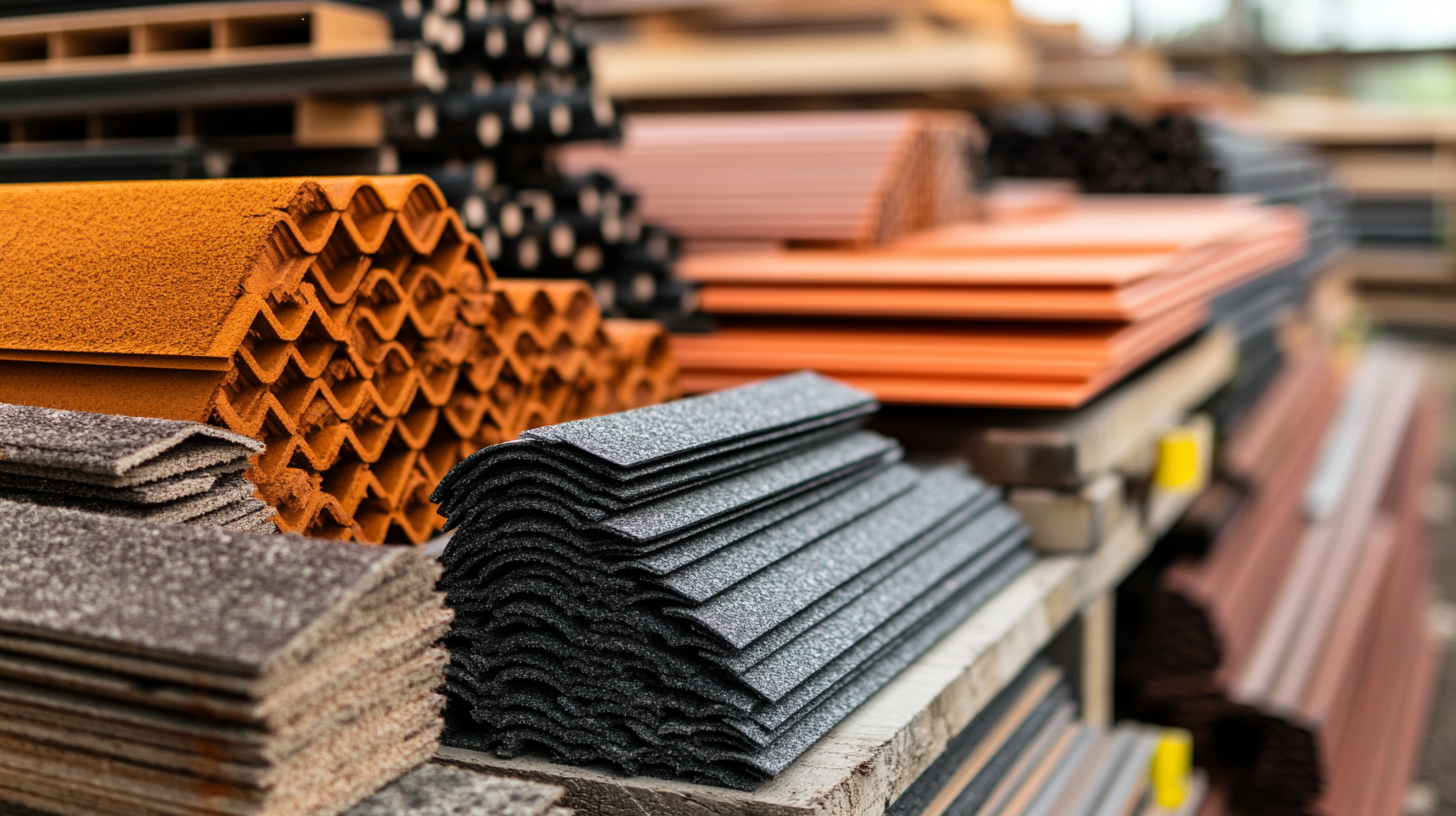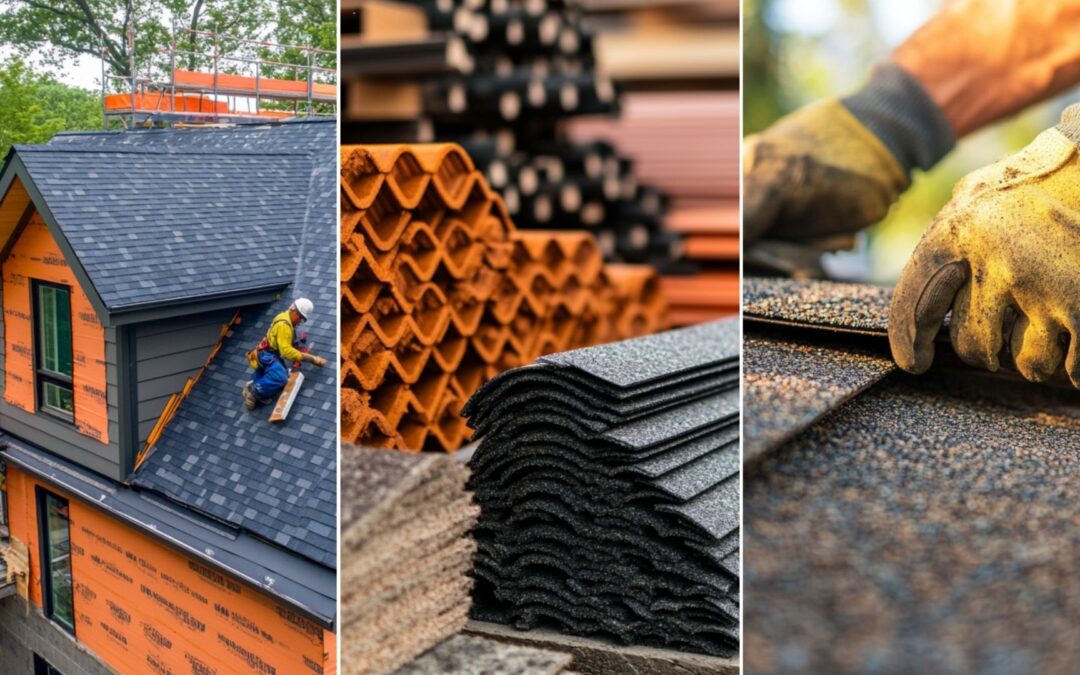Roof repair patching is a vital maintenance practice that ensures the longevity and integrity of your roofing system. Whether due to weather-related wear, age, or unexpected damage, addressing roof issues promptly can prevent more extensive and costly repairs. This method conserves resources and offers a quick solution to leaks and other minor problems, restoring the roof’s functionality without needing a complete replacement. Roof patching has numerous benefits, common scenarios warranting this approach, and the steps to execute an effective repair. Understanding these key aspects will empower homeowners to make informed decisions about maintaining their roofs and protecting their properties.

Patching - Addressing Roof Leaks - Sky Roofing Construction & Remodeling
Importance of Addressing Roof Leaks Promptly
Addressing roof leaks promptly is critical for preventing extensive damage to the roof structure and the home’s interior. When minor leaks are ignored, they can lead to severe consequences, including mold growth, wood rot, and a significant increase in repair costs. Pooling water from debris and clogged gutters can cause further harm to the roof deck, weakening the overall roof structure. Delayed repairs often necessitate professional roofer involvement, as the situation can escalate beyond minor maintenance, resulting in a more challenging and costly restoration process.
Professional roofing contractors play a vital role in identifying the sources of leaks and ensuring proper repair, whether sealing leaks along the roof edge or adding a layer of protection to areas at risk. For asphalt shingle roofs, early intervention helps preserve the layer of protection that shields your home from the elements. By taking immediate action and performing the necessary repairs, homeowners can protect their investment and extend the life of their roofs. Recognizing the importance of damage prevention through regular maintenance and prompt repairs will not only safeguard your home but also save you from unexpected expenses in the future.
Overview of Common Roofing Materials
Roof repair patching is essential for maintaining the integrity of various roof types, including shingle roofs, steep roofs, and other shingled roofs. Understanding the common materials used in roofing, such as asphalt shingles, metal, tile, and membrane systems, can significantly enhance the effectiveness of these repairs. Each material presents unique challenges, particularly when addressing roof leak repairs or minor issues around roof penetrations.
Using the right tools, like a utility knife or putty knife, can make a substantial difference when dealing with apparent signs of damage or performing extensive repairs. Regular maintenance and inspections by a roofing professional can catch potential problems before they escalate, reducing the overall roof repair cost. Homeowners and property managers can make informed decisions about the most suitable patching methods, ensuring the longevity and reliability of their roofs while preventing further damage and costly replacements down the road.

Patching - Understanding Roof Leaks - Sky Roofing Construction & Remodeling
Understanding roof leaks is essential for homeowners looking to protect their property from potential water damage and avoid expensive repairs. Common causes of roof leaks include damaged shingles or physical surface damage, which may expose the substrate. Severe weather can exacerbate signs of wear, especially around pipe boots where the rubber deteriorates, allowing water to seep through. Leaking valleys, where two roof slopes meet, can trap water if not properly flashed, and issues with skylights or chimney seals may develop cracks or gaps over time.
In some cases, underlying roofing membrane issues may lead to leaks if not addressed with roofing sealant or a layer of cement. These repairs often require the expertise of an experienced roofer using tools like a caulking gun to ensure proper sealing. Homeowners can promptly address these issues and avoid extensive water damage, including mold growth and structural compromise. Regular roof maintenance and inspections by a roofing company provide peace of mind and help catch minor issues before they become more severe.
In the event of damage, replacement shingles can prevent leaks from worsening, while a proper repair job can extend the roof’s lifespan. Understanding these familiar sources of roof leaks is the first step toward effective patching and repairs, safeguarding your investment for years to come.

Patching - Causes of Roof Leaks - Sky Roofing Construction & Remodeling
If not addressed promptly, roof leaks can be a homeowner’s nightmare, leading to minor repairs, expensive fixes, and structural damage. Understanding the common causes of roof leaks is crucial for effective maintenance. Improper installation of
roofing materials, such as failing to apply a proper layer of roofing cement or neglecting an additional layer of protection, can create vulnerabilities, allowing water to seep in.
The roof’s age plays a significant role in its susceptibility to leaks; as roofs age, the materials in common types of roofing, such as rows of shingles, deteriorate, making them more prone to leaks. Debris accumulation, such as leaves and branches, can obstruct drainage systems, leading to water pooling and potential leaks. Obvious signs like water stains or roof damage can indicate underlying issues that must be addressed immediately. Lastly, storm damage from high winds, heavy rain, and hail can cause immediate harm, compromising the roof’s integrity.
Regular inspections are essential to catch these issues early, helping reduce the overall cost of roof repair. Identifying potential leaks and weak points before they escalate into significant problems empowers homeowners to maintain their roofs and safeguard their homes proactively.
A leaky roof can lead to significant damage if not addressed promptly, making it essential for homeowners to recognize the warning signs early on. Identifying a leaking roof involves being attentive to various indicators that can manifest inside and outside your home. Understanding these signs helps maintain the integrity of your roof and prevents costly repairs down the line. From visible water stains to unexpected drafts, catching these symptoms early allows homeowners to take appropriate action, such as roof patching, to mitigate further damage.
Types of Roofing Materials
When considering roof repair patching, it’s essential to understand the various types of roofing materials commonly used for flat roofing, each with unique characteristics. EPDM (Ethylene Propylene Diene Monomer) is a popular choice for its durability and weather resistance, making it ideal for a long-lasting solution. Modified Bitumen offers flexibility and strength, utilizing a torch-down or cold-applied method for installation. Built-Up Roofing (BUR) creates a robust, multi-layered, durable, and cost-effective system. TPO (Thermoplastic Olefin) boasts energy efficiency and ease of installation with its heat-welded seams. At the same time, PVC (Polyvinyl Chloride) is recognized for its exceptional lifespan and resistance to fire and chemicals. Understanding these materials’ distinct qualities, their respective application methods, and the manufacturer’s role in producing them is crucial for homeowners contemplating roof patching as a viable repair option.
When it comes to maintaining the integrity of your roof, repairing damaged asphalt shingles is a crucial task that can extend the lifespan of your roofing system. The repair process begins with carefully removing defective shingles, allowing you to inspect the underlying roof decking for any signs of damage. Once necessary decking repairs are made, new asphalt shingles are installed to restore the roof’s protective layer. Sealing the shingles properly during this process prevents leaks and ensures long-lasting protection. Utilizing the proper roofing nails and applying a quality sealant is essential for securing the shingles and creating a watertight barrier. By understanding and executing these steps, homeowners can address minor roof issues before they escalate into more significant problems.
Tile roofs are popular among homeowners for their remarkable durability and aesthetic appeal, adding a distinctive charm to any structure. However, despite their long-lasting nature, tile roofs can experience common issues such as cracking or dislodging, ultimately leading to unwanted leaks and water damage. It’s crucial to address any damage promptly, seeking professional assistance to maintain the integrity of the roof and, by extension, the entire home. Timely roof repair not only prevents further deterioration but also enhances the longevity of your roof. Typically, repairs involve replacing affected tiles and utilizing roofing cement to ensure a secure installation that withstands the elements. By taking proactive measures, homeowners can preserve the beauty and functionality of their tile roofs for years to come.
Metal roofs have become an increasingly popular choice in roofing materials thanks to their impressive durability and low maintenance requirements. Unlike traditional flat roofing materials such as EPDM and modified Bitumen, metal roofs excel in various climates, providing superior protection against harsh weather conditions, from heavy rains to intense heat. Their long lifespan and resistance to corrosion make them a reliable investment for homeowners and businesses alike. In addition to their robustness, metal roofing systems offer significant energy efficiency gains, reflecting solar heat and reducing cooling costs in warmer months. This combination of strength, low upkeep, and energy-saving potential makes metal roofs an intelligent choice for those looking to enhance their property’s performance and longevity.
Flat roofs have become increasingly popular in modern architecture and commercial buildings thanks to their sleek aesthetics and efficient use of space. These roofs provide a contemporary look while maximizing available areas for HVAC systems, outdoor lounges, or green spaces. However, their design presents unique challenges, particularly concerning water drainage. Unlike sloped roofs that allow rainwater to run off quickly, flat roofs are more susceptible to water accumulation, leading to leaks and other damage if not addressed promptly. As a result, timely roof repairs are critical to maintaining the integrity of flat roofs, preventing further issues that could compromise the structure below. Understanding the benefits of flat roof patching is essential for homeowners and building managers who wish to ensure the longevity and stability of their roofs while minimizing repair costs.
Ensure Long-Lasting Protection with Expert Roof Patching
Patching your roof is a crucial part of safeguarding your home and extending the life of your roofing system. For reliable and professional roof repair, trust Sky Roofing Construction & Remodeling (https://skyroofingconstructiontx.com). Contact us at (210) 942-9797 to schedule your patching and enjoy the peace of mind that comes with a well-maintained roof.




